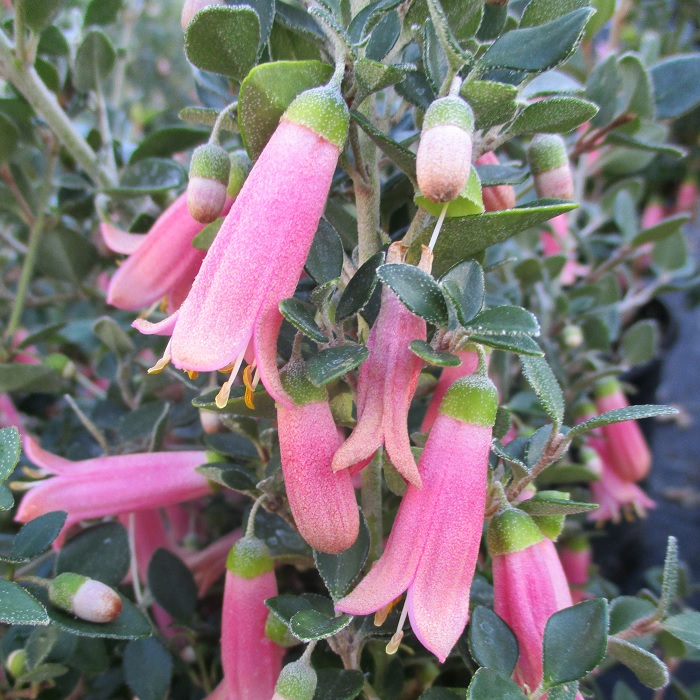UNITED STATES—Anyone who has had undergone surgery knows the advantages of unconsciousness. Any frat boy who woke up after a night of overly indulgent inebriation, with his face adorned with objectionable graffiti, knows the disadvantages. A lot can happen while one is unaware that it is happening. This is exactly why so many bare root plants become available while they are dormant through winter.
Bare root plants get dug and deprived of the soil that their roots grew in, leaving the roots bare. Some get their roots packaged into bags of damp sawdust. Others get their roots heeled into bins of damp sand in retail nurseries. Roots are only bagged or heeled in to stay fresh. They get pulled from their sand or separated from their bag of sawdust when ultimately planted into the garden.
It might seem violent, but it all happens while the plants are dormant and unaware of what is happening. They go to sleep happily rooted into the ground wherever they grew, and then wake up in a home garden somewhere else. It only takes a short while to get reoriented before they develop new foliage and new roots as if nothing ever happened. The whole process is surprisingly efficient.
Canned (potted) plants are actually less efficient in some ways. They are bulkier and therefore more difficult to bring home from the nursery. Their confined roots are more likely to be disfigured or binding. (Roots that wrap around the inside of a can will constrict on themselves as they grow.) The media (potting soil) could contain disease. Worst of all, canned stock is much more expensive.
Bare root plants are remarkably easy to plant. Their planting holes only need to be big enough to contain the roots. Soil amendment should be minimal. If too much amendment is added, or holes are too deep, new plants are likely to sink. Graft unions (the distinctive ‘kinks’ just above the roots) of grafted trees must remain above grade. Roots should be spread out laterally and downward.
Smaller bare root plants like cane berries, grapevines, gooseberry and currant are already moving into nurseries where Christmas trees are relinquishing their space. Fruit trees like apricot, cherry, plum, prune, peach, nectarine, almond, apple, pear, quince, fig, pomegranate and persimmon will arrive next, followed by blueberry and roses. Poplar, flowering cherry, flowering crabapple, forsythia, lilac, wisteria, rhubarb, strawberry and asparagus might also be available.
Highlight: Australian fuchsia
Pictures are probably prettier than the real thing. Australian fuchsia, Correa pulchella, really does bloom with pendulous soft pink flowers through winter when not much else is blooming. However, the flowers are quite small, and the color is rather hazy. The real appeal of Australian fuchsia is that it is so undemanding, and once established, only needs watering a few times through summer.
Mature plants get a bit higher than two feet, and maybe twice as wide, with a low mounding form. The small evergreen leaves have a nice density without any pruning. Obtrusive plants do not mind getting pruned back or even shorn for confinement, but are deprived or their naturally appealing form and texture if pruned too frequently. Good exposure for both sunlight and warmth is important.






